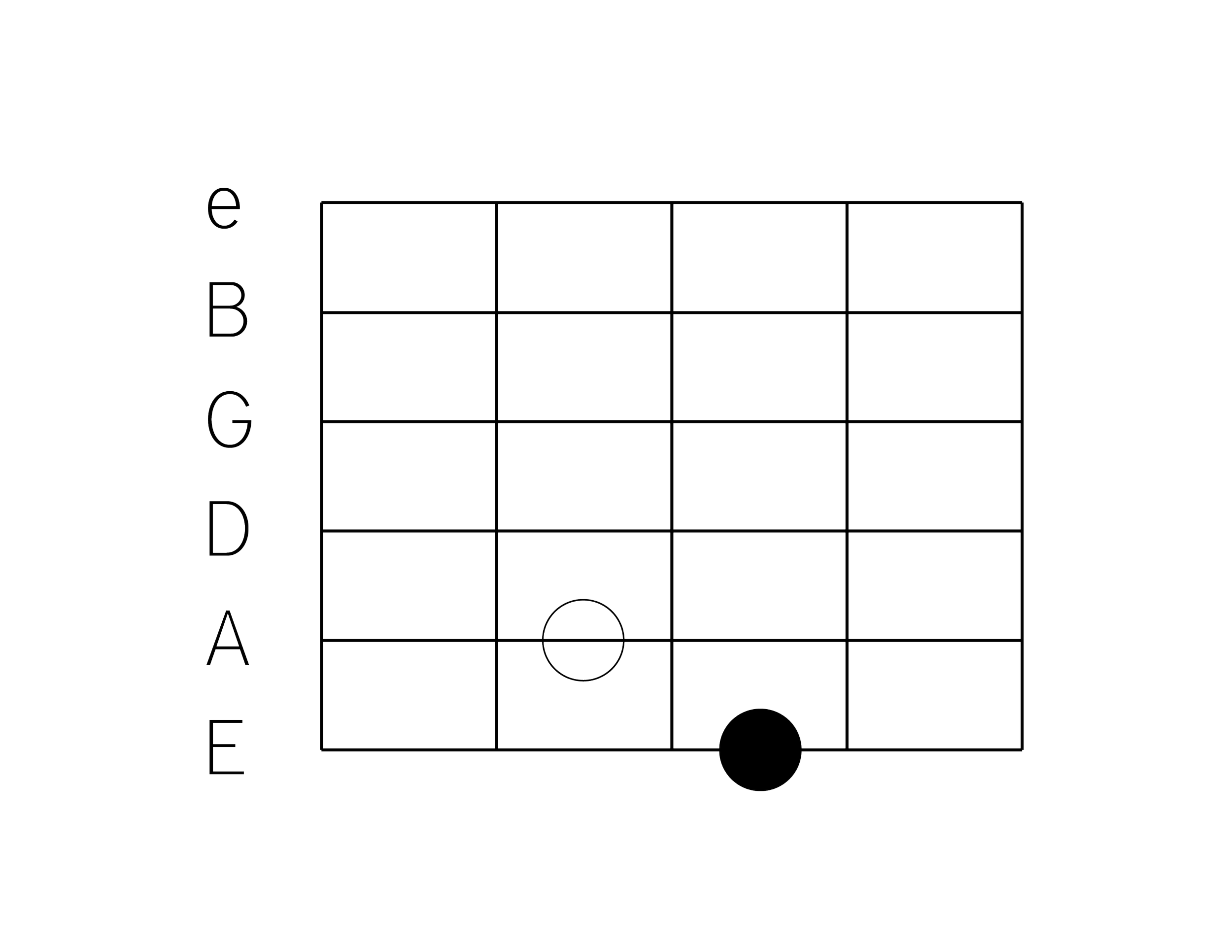An Introduction to Guitar Intervals
Updated 2023
Estimated time to read: 4 minutes
When you hear the term “intervals” do you think of guitar chords and harmony or lead lines and solos? Either way, intervals are the foundation of both! Although they may seem boring or unimportant, understanding the different intervals and how notes relate to each other will help you improve your rhythm and lead guitar skills.
Sections:
What are Intervals?
How to Read Guitar Intervals
Minor Second Interval on Guitar
Major Second Interval on Guitar
Minor Third Interval on Guitar
Major Third Interval on Guitar
Wrapping it up
What are Intervals?
Put simply, an interval is the distance between two notes. These notes could be played one at a time, like in a guitar lead line or solo. Both notes of an interval can also be played at the same time (called a diad) as a part of a chord or other harmonies.
On guitar, we measure the distance between two notes by the number of frets between the notes. We then assign them numbers (2nd, 3rd, etc), and identify them with a quality (minor, major, etc). For now, this lesson will cover how each interval is counted in frets. Numbers and quality is mentioned but not explained in this lesson.
Let’s look at an example before we get too far.
How to Read Guitar Intervals
The following interval is a minor second interval and will be explained later on. The important thing now is to see that an interval has a starting note (filled in) and an ending note (hollow), like in a lead line where one note is played after the other. As we learn more intervals that can be played on different strings at the same time, we can play these 2 notes together to form harmonies.
Minor Second Interval on Guitar
A minor second interval is written as m2. When you see “m2” you should read it as “minor second” in your head or even out loud. A small “m” indicates it’s a minor. Compare this with a big “M” and you can probably guess what it stands for, major. M2 is a major second interval.
On guitar, when we go up 1 fret, we are playing a m2 (minor second) interval. It doesn’t matter what note we start on. As long as we go up only 1 fret, or a half step, then we are playing a m2.
This interval is used a lot in scales, but not so much in chords because when you play the two notes together it creates a dissonant and unpleasing sound.
In the diagram below, the starting note is filled in and the ending note is hollow.
Major Second Interval on Guitar
The other second interval we have is the M2 (major second) interval.
On guitar, when we go up 2 frets, we are playing a M2 (major second) interval. It doesn’t matter what note we start on. As long as we go up only 2 frets, or a whole step (two half steps), then we are playing a M2.
This interval is used a lot in scales and can appear in chords like a C2 or G2 chord. These chords have the root note and the second note in the scale added in. Remember, the note is 2 frets, or a whole step, above the root note.
In the diagram below, the starting note is filled in and the ending note is hollow. The notes in a M2 skip a fret, or have one fret between them.
Minor Third Interval on Guitar
The next note away from the starting note is the m3 (minor third) interval. Again, it doesn’t matter what note we start on because it’s all about the relationship between the two notes. Each time we go up 1 more fret, we are going to the next interval.
On guitar, when we go up 3 frets, or one and a half steps, we are playing a m3.
This interval is the foundational building block of minor chords as well as major chords.
This interval can be used a lot in scales as the notes are the same as those in a major or minor chord. It is in every major and minor chord.
In the diagrams below the starting note is filled in and the ending note is hollow.
In the first diagram, the notes skip 2 frets. If we continue on to the next string, we can play the notes a little bit closer together. In the second diagram, you can see there is only 1 fret between the notes.
Major Third Interval on Guitar
The other third interval is the M3 (major third).
On guitar, when we go up 4 frets, or two whole steps, we are playing a M3.
All major and minor chords are built from the combination of a M3 interval and a m3 interval.
This interval can be used a lot in scales as the notes are the same as those in a major or minor chord. It is in every major and minor chord.
In the diagram below the starting note is filled in and the ending note is hollow. There are no empty frets between the 2 notes. We could play the M3 interval on the same string, but it would have 3 frets between the notes.
This post is meant to support other lessons and will be completed over time to include all intervals.
Wrapping it up
Intervals are the foundational building blocks of all harmony where multiple notes are played at the same time (chords on guitar), as well as melody where one note is played after the other. Every piece of music can be broken down into intervals so having a good grasp of these can help you understand exactly how chords and music work.






